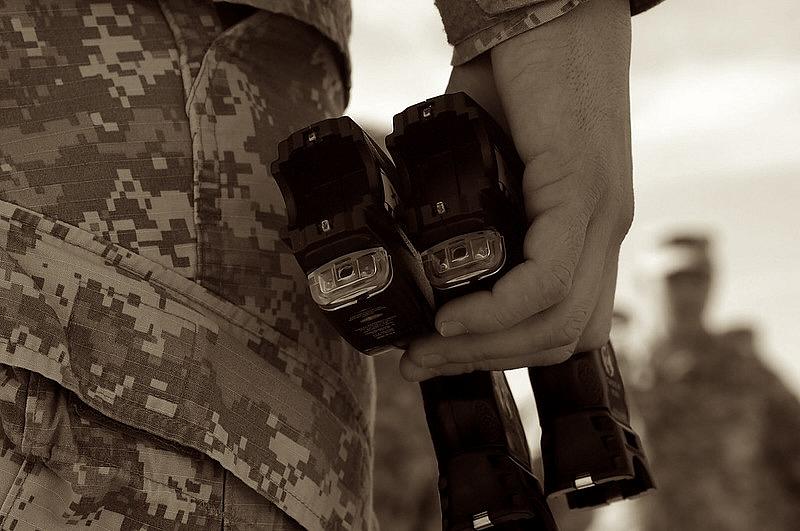How we overcame a lack of public data on use of force against civilians in Puerto Rico

Photo by Christopher Smythers via Flickr/Creative Commons
Our recent reporting project sought to explore something that had never been quantified before. Many residents in Puerto Rico have long understood that the Puerto Rico Police use excessive force against civilians, particularly against those with mental illness, but more comprehensive data on this issue did not yet exist. Yet we wanted to tell this story in a data-driven way, highlighting the issue of excessive force and exploring how mental illness is treated by law enforcement in Puerto Rico.
While reporting this story for Puerto Rico’s Centro de Periodismo Investigativo, we ran into a lot of problems with our information requests. In Puerto Rico, information requests can go completely unanswered and so it was vital that my colleagues Laura N. Pérez Sánchez, Kelli Duncan and I were able to provide our own data. For this story, we read 3,915 pages of use-of-force police reports from Arecibo and San Juan from 2018 to 2021 to create our own database.
We would have preferred to have access to all of the police reports so that we could see how calls regarding someone with a mental illness were treated or handled with and without force. But we never received all these documents from the police, despite our many public information requests. That’s when we decided to make our own data set with documents that had already been made public, based on those police use-of-force reports.
We made sure to be transparent with our readers that our analysis of how Puerto Rico Police respond to mental health-related 911 calls was limited to the review of four years of reports across two regions of the island and, thus does not capture interactions with police that fall outside of that scope. However, we still felt that the thousands of pages of documents we read contained a strong and complete story that needed to be told.
We started with the reports from the Arecibo region. This is where the Puerto Rico Police Bureau had launched a year-long Crisis Intervention Team (CIT) pilot program, which ran from 2019 to 2020, with a small group of officers trained to better respond to calls dealing with mental health. Looking into the data from the years 2018-2021 would give us a clear picture of how the police responded before, during and after the training program.
To create our data set, we read all 1,554 pages of the Arecibo use-of-force reports and recorded the data in our spreadsheets. Some of the most important data categories were the level of force used and what type of force was used.
After we had gone through the Arecibo reports, we wanted to compare the rates of police use of force on mental health calls to another city, to give some perspective. We decided to compare Arecibo with police reports from the capital city of San Juan.
The San Juan data set was 2,361 pages. So, we divided up the documents between the three of us and got to reading. We all shared the same impression after reading these reports: that police officers used tasers often. To test if this perception was true, we ran different filters on the data and found out that not only was our hunch correct, but it was a glaringly issue that needed to be highlighted in our story.
This also taught us that collaboration is key. Only through our discussions did we realize that this was as big of an issue as it was. That led us to the basis of our story that we were then able to support with interviews and further research. We were able to write this story and create an extremely detailed database even without the original police incident reports we thought were necessary to tell this story.
Even after we had done the majority of our data analysis and reporting, we never stopped trying to get more information. We kept asking the police for more data and tried to schedule interviews with them to understand the full picture of how they respond to people struggling with their mental health.
In the end, we didn’t get either. But we knew that our creative reporting and data analysis methods had helped us overcome this lack of transparency from the police. We already had an important story to tell.



